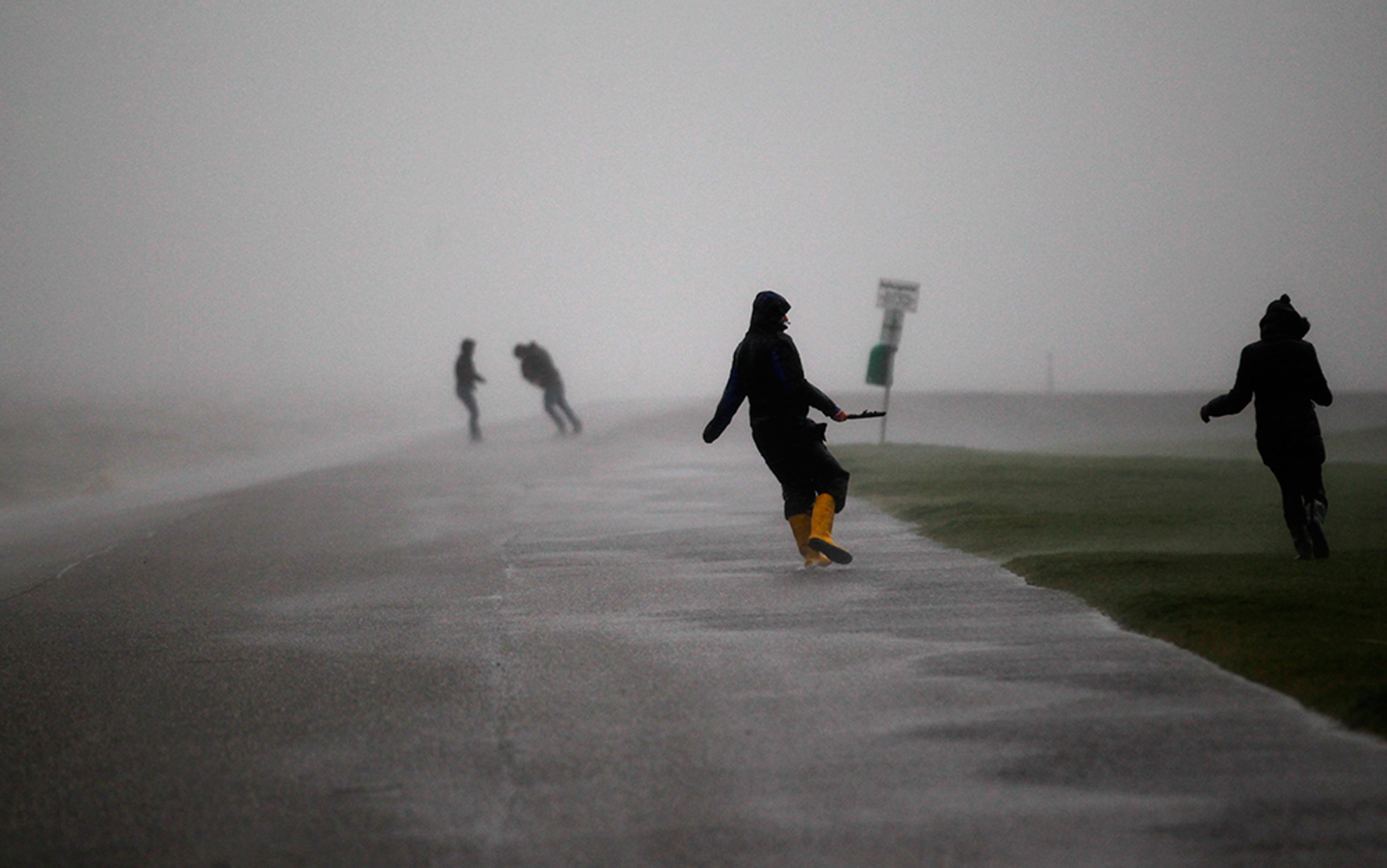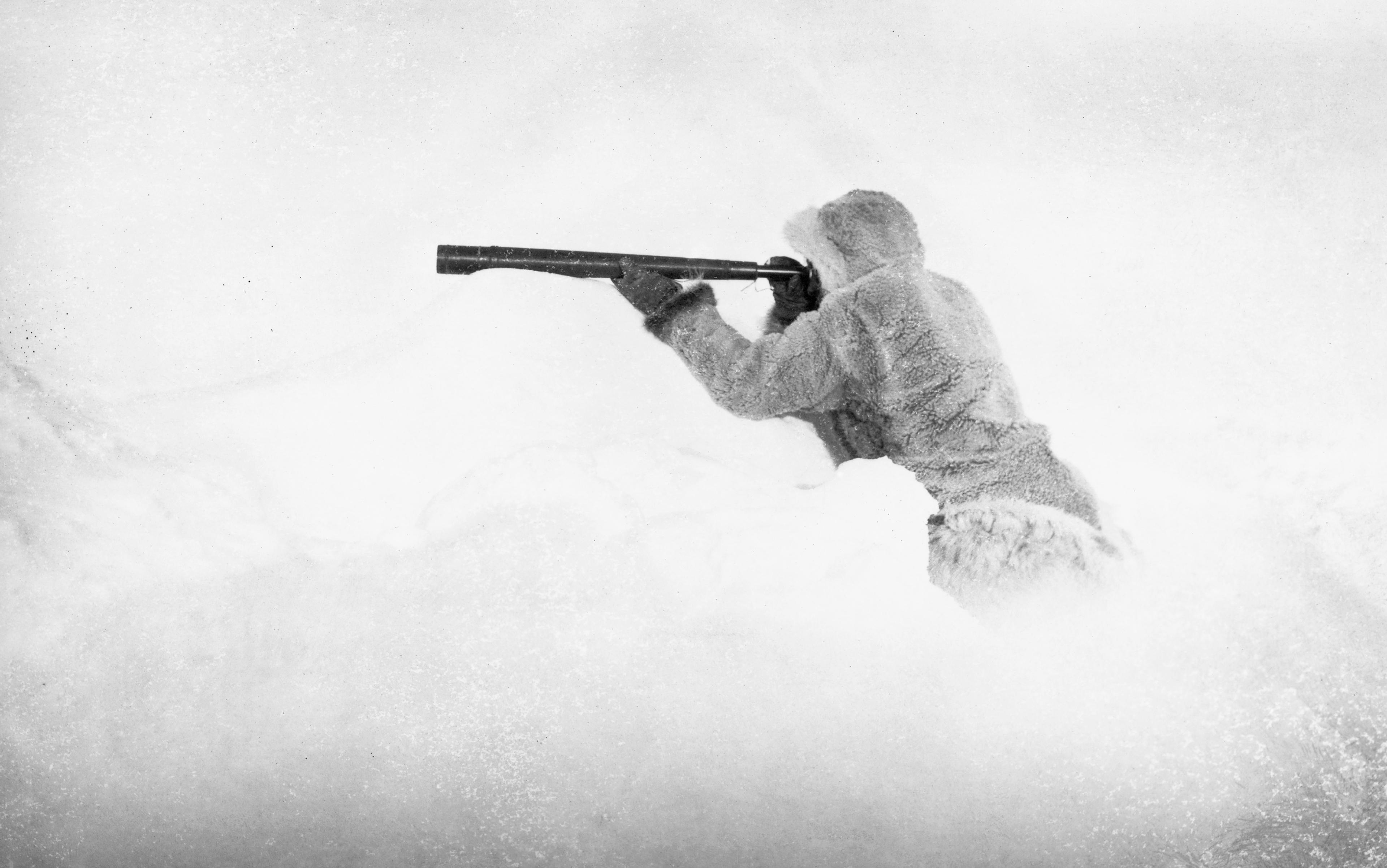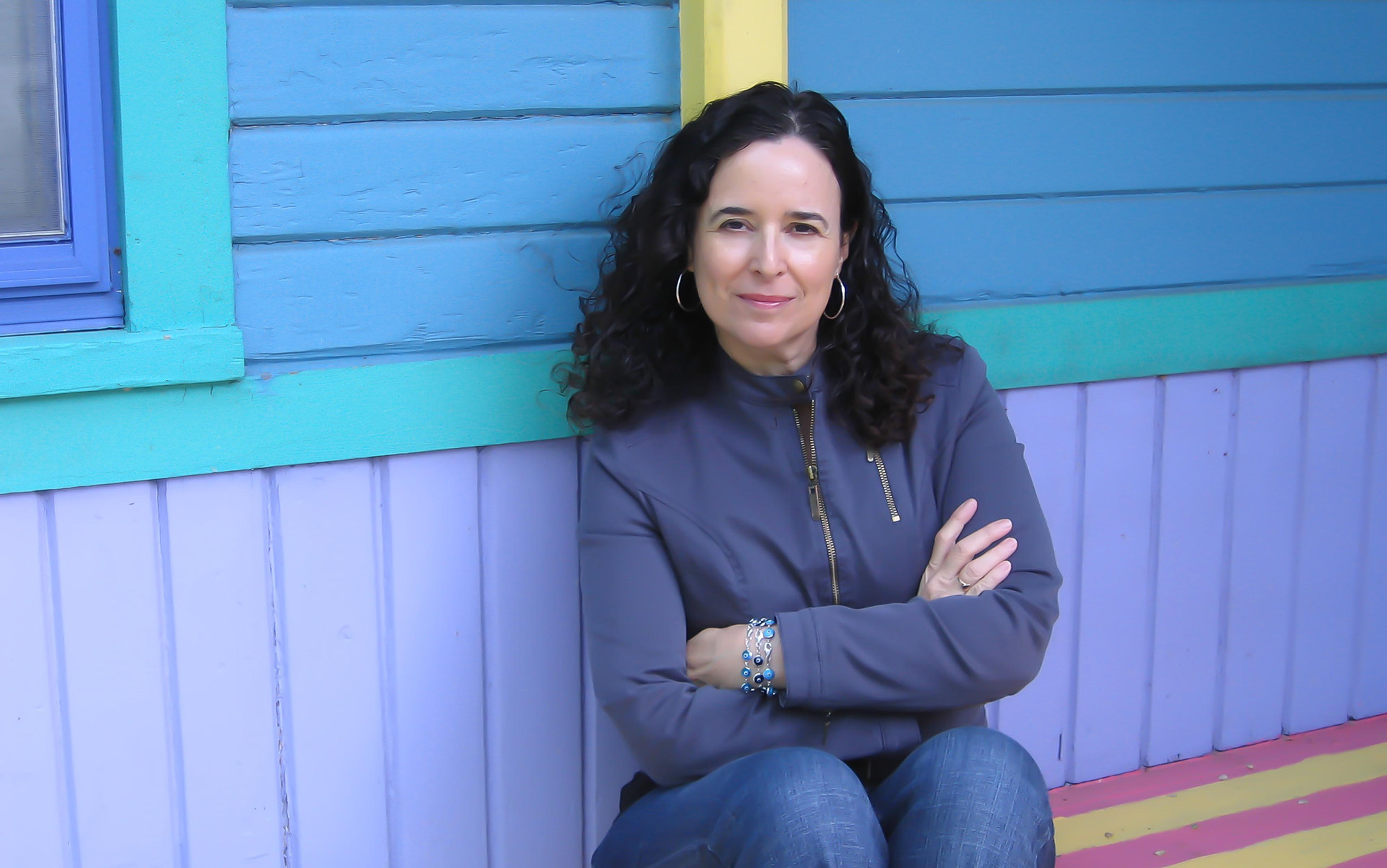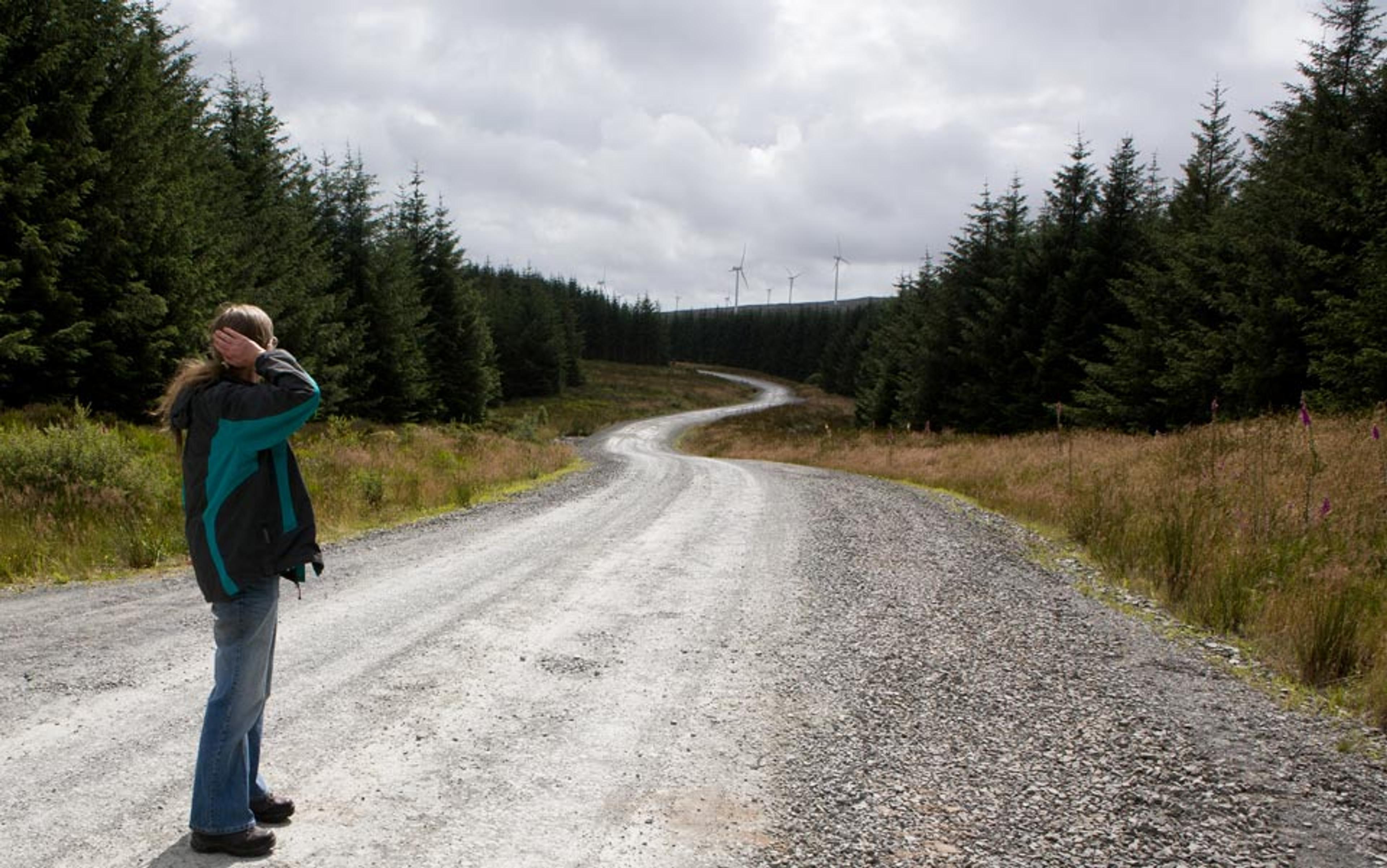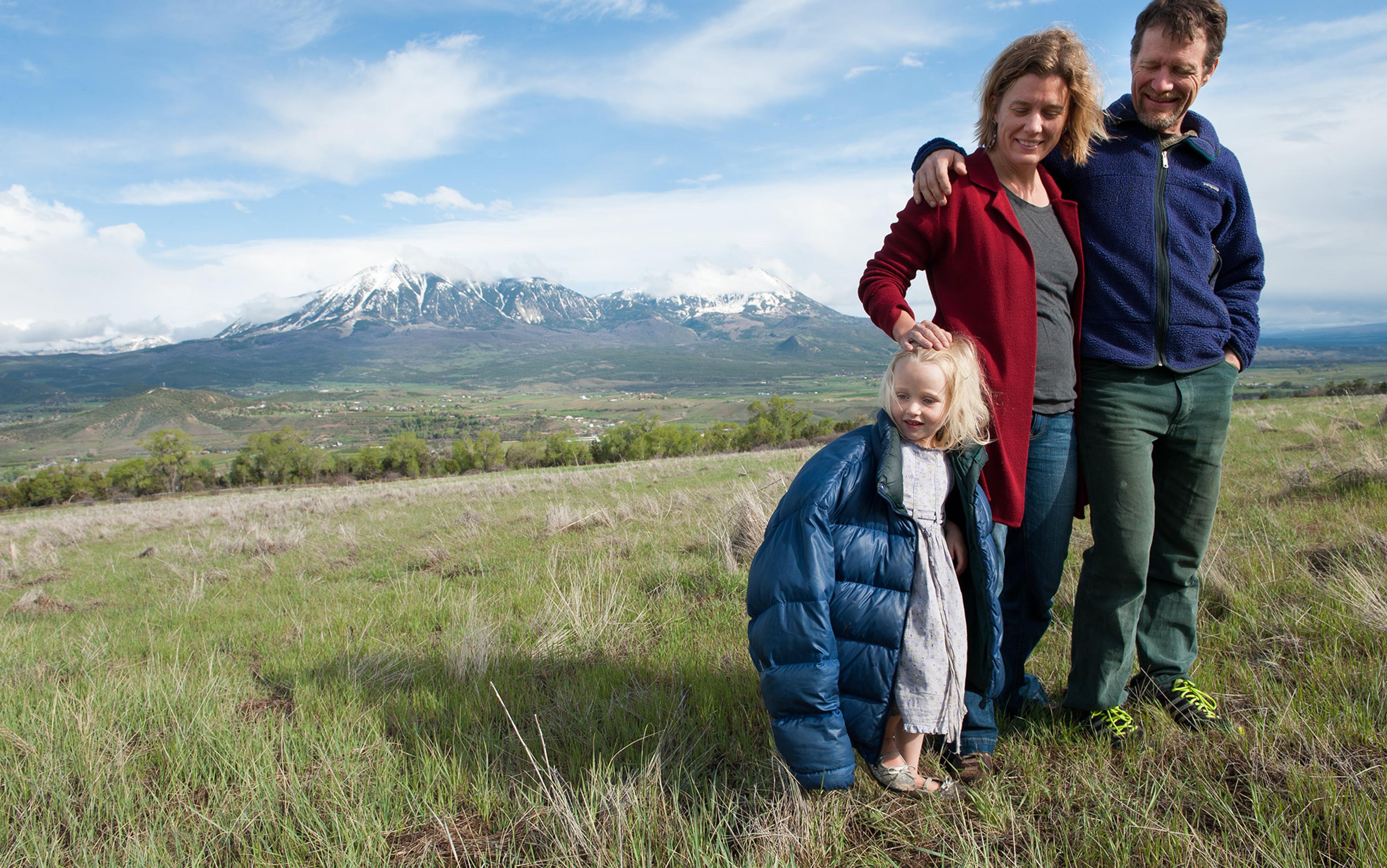Every time strong southwesterlies blew across the Shetland Islands, my wooden house shook and the windows buckled. When a big gale was forecast, everything was tied down, salt-laden spray filled the air, and white horses reared up and thrashed around on the navy sea. Some storms plucked slates from roofs and embedded them in gardens like daggers; one night my friend’s caravan flew away.
After 13 years, I left Shetland, an archipelago of Scotland in the North Atlantic, and moved to Tarifa in Spain – Europe’s southernmost promontory. Tarifa is built on land that pokes into the Straits of Gibraltar, where the Atlantic Ocean meets the Mediterranean Sea. The Straits are flanked on either side by the ancient Pillars of Hercules, and the Levante wind ricochets around them. When this wind finds its way onto land, it blows hard and constantly for days, or weeks, on end – like a passing freight train. It is a hot, bothersome wind, one that upends and unsettles.
After 17 years in windy extremities, I took it for granted that the wind could influence my emotions and moods. I was hardly alone: the more I spoke to friends in windy climes, the more I found striking similarities between the emotional reactions that people attribute to the wind around the world.
What was this unseen force, and why was its influence so immense? A meteorological primer helped me ride the winds to the source. Prevailing winds are the predominant winds that blow in specific directions, in specific zones: in sub-polar regions, dry and cold winds blow from the east; these are the polar easterlies.
Westerlies blow from the west, between the Tropic of Cancer and the Arctic in the north, and between the Tropic of Capricorn and the Antarctic in the south. These powerful winds influence ocean currents and whip up cyclones.
The predictable trade winds, blowing from the east over the tropics, are famous for carrying centuries of sailors across oceans. But when land and maritime trade winds collide, destruction of property can be immense.The convergence of the winds can birth hurricanes and tornadoes. Other times, wind touching wind creates calm; the low-energy doldrums are formed where trade winds from the northern and southern hemispheres meet up. Where the trade winds and westerlies diverge over the oceans in the subtropics, the peaceful horse latitudes can be found.
Then there are the named winds, such as the warm Levante that runs east to northeast through the Straits of Gibraltar and rushed over me in Tarifa. These localised winds with unusual characteristics are found in microclimates such as mountain, maritime and desert regions around the world. They might share meteorological qualities, but their names tie them to the places where they blow. Over centuries, in the communities they affect, canons of folklore have grown up around these winds.
The warm, dry föhn rushes down the leeside of the Alps of central Europe, raising temperatures in minutes, just like the snow-melting chinook of the northwest United States and Canada. San Francisco has the hot, seasonal Diablo, while the khamsin blows across the deserts of Egypt and Saudi Arabia. The sharav is also a dry, desert wind, found in Israel. Los Angeles has its unsettling Santa Ana, known for carrying forest fires. The simoom in the Sahara and the sirocco in north Africa and southern Europe are suffocating and dust-laden.
We name these winds, but we cannot see them; instead we measure their force by visual clues gleaned from the land and the sea. In 1805, the Royal Naval officer Sir Francis Beaufort defined 12 wind forces from calm to hurricane. The descriptions read like tiny poems:
Force 6: strong breeze: White foam crests are very frequent… Large branches in motion… Umbrella use becomes difficult.
Force 10: storm: Very high waves with overhanging crests… Trees are broken off or uprooted, saplings bent and deformed.
Or as the poet Christina Rossetti put it in her nursery rhyme ‘Who Has Seen the Wind?’ (1872):
Who has seen the wind?
Neither I nor you:
But when the leaves hang trembling,
The wind is passing through.Who has seen the wind?
Neither you nor I:
But when the trees bow down their heads,
The wind is passing by.
Belief that wind can affect our emotions and moods has been around for millennia. In a bid to comprehend these invisible influences, we have given them human and animal forms, and attributed meaning to their various guises. In ancient Greek mythology, the Anemoi are the four gods of the four cardinal winds: the Boreas (north), Eurus (east), Notus (south) and Zephyr (west). They might be bearded men, winged maidens or flying horses. In Botticelli’s 15th-century painting, The Birth of Venus, Zephyr blows Venus ashore with Aura, the gentle breeze, by his side.
The four winds of Aztec mythology are Mictlanpachecatl (north), Cihuatecayotl (west), Tlalocayotl (east) and Vitztlampaehecatl (south). Each can affect our characters and fortunes. In Mesopotamia, the storm demon Lilith brought disease, illness and death, and in ancient Egypt, Amun is the sometimes invisible, sometimes blue-skinned god of wind. The Norse Njörðr rules wind, seas and wealth, and in Hinduism, the wind god Vayu, is connected to the spiritual concept of prana, or breathing.
Feng (wind) is an important aspect of Chinese medicine, and works with shui (water) in the practice of feng shui – a system of harmony with the environment. Shinto’s Fūjin is the animal skin-clad wind god who protected Japan by sending devastating storms to destroy Mongolian invaders in 1274 and 1281. This is the origin of the word kamikaze, or divine wind, which in turn lent its name to Japanese suicide attacks of the Second World War.
Reports of windy emotions continue to modern times. My friends in Tarifa felt irritable and anxious as strong winds approached. Sleeplessness was common on nights preceding a Levante. Teachers calmed unruly children, and people were apt to forgive the hedonistic misdemeanours of friends. When the winds arrived, sluggishness, headache and low-energy moods were more often the rule. Grandmothers scurried along the narrow alleyways into their protected patios muttering Que viento! (What wind!) and remembered the year that everyone went crazy when the Levante blew non-stop for 40 days. Many Tarifeños stay inside because, as the local saying goes, es un dia para follar y comer pasteles: it’s a day to fuck and eat cakes.
The UK-based artist Lisette Degioanni grew up on the other side of the Straits of Gibraltar, in Tangiers, Morocco, a town that shares the Levante with Tarifa. She recalls that her mother and aunts sufrían de los nervios (suffered with nerves) during the Levante, and that it upturned their ordinary states of mind.
Such reports are repeated worldwide. ‘Föhn disease’ is found in regions of Switzerland where the föhn blows. Symptoms include headaches, insomnia, nausea, joint pains, anxiety, insecurity and depression. The US author Joan Didion described southern California’s local wind in her essay ‘The Santa Ana’ (1965):
There is something uneasy in the Los Angeles air this afternoon, some unnatural stillness, some tension… I have neither heard nor read that a Santa Ana is due, but I know it, and almost everyone I have seen today knows it too. We know it because we feel it. The baby frets. The maid sulks. I rekindle a waning argument with the telephone company, then cut my losses and lie down, given over to whatever it is in the air.
While an ancient folklore swirls around wind-driven changes to the psyche, scientific evidence is scant, though hypotheses abound. In 1974, for instance, Felix Sulman, a pharmacologist at the Hebrew University of Jerusalem, set out to establish why many local people suffered from peaks of euphoria and hyperactivity followed by exhaustion and listlessness when Israel’s sharav blew. Such ‘weather-sensitive’ individuals, he noted, also complained of migraines, allergies and difficulty breathing.
According to Sulman, dry, hot winds such as the Sharav contain higher than normal levels of positively charged ions (created when charges in particles are separated by friction in strong winds, especially winds that are dust-laden). Sulman concluded that the positive ions stimulated an overproduction of serotonin resulting in allergies and irritability. They also triggered adrenalin production, which produced the hyperactivity and inevitable crash into listlessness.
In 2013, William Bailey, principal scientist at Exponent, an occupational and environmental health risk-assessment company in New York, carried out a review and meta-analysis of 33 studies from the period 1957-2012 to evaluate the effects of air ionisation on depression, anxiety and mood, and found flaws and inconsistencies in the existing research. Bailey said: ‘The difficulty is that a lot of this research is old, and by modern standards not so well done. The changes in air ions levels he [Sulman] talked about are very small and the link to serotonin is quite weak.’
There have also been attempts to link wind and crime, another area around which there is a large body of lore. Whether it be the khamsin, the föhn or the Levante, each windy region has some variation of a tale claiming that wind was a mitigating factor for violent acts in days gone by. Yet just one study appears to support the idea: it comes from Californian geologist Willis Miller, who in 1968 examined the connection between the Santa Ana winds and the daily homicide count in Los Angeles. Of 53 days with pronounced Santa Ana winds over a two-year period, Miller reported, 34 had an above-normal number of homicides.
Here, too, the results are problematic, according to Ellen Cohn, a weather and crime expert at Florida International University. Cohn re-analysed Miller’s raw data in 1988 as a student at Cambridge University. She told me: ‘I found that yes, there were significantly more homicides on Santa Ana days than other days.’ But, she points out, Miller did his work nearly 50 years ago, and research methods have advanced significantly since then, as have ways of measuring crime and weather. Such statistical studies, she says, hint at links between wind and crime, but these require further research under modern conditions to give clear insights into the lore around winds.
In the end, the best answers might come from psychological research into embodiment – the study of how physical sensations impact the mind. According to the tenets of embodied cognition, our brains and our bodies are not two systems, but one. ‘Any type of thing that is happening to our bodies is also feeding back into our brain,’ explained Adam Fetterman, a psychologist and embodiment expert at Essex University. ‘It can change the way that we interpret our environment, and it can influence our social and emotional interactions as well.’
My life is indefinitely nomadic. Appropriate metaphors might be that I have the wind in my sails, that I’ll just be blowing through
Fetterman lived in Fargo, North Dakota, for several years and he recalls the local wind as not fierce but constant, a perfect protagonist for priming our emotions and moods. ‘Think about how you walk, especially if you are facing into the wind, leaning a little bit in. It changes your body posture, and those changes in body posture could affect your perception of things, your emotionality.’ I imagine a windy day in Tarifa, my friends feeling glum or down. According to embodiment, when we resist (or push against) the wind, this primes us to be emotionally resistant, and emotionally wears us down.
Some people in some winds, of course, react in the opposite way. When winds induce high spirit or frenzied madness, embodiment might be at work as well. Our bodies are stimulated by many sensations in our complex environments, Fetterman notes. ‘One of the things about embodiment is that there is a lot of sensory input all at once, so it’s hard to boil it down to just one impact.’
The wind can also uproot us. ‘Extreme wind can likely make us physically unstable,’ added David Kille, a cognitive psychologist and embodiment researcher who now works in advertising in Canada. ‘As my research has shown, when people feel physically unstable, they tend to perceive instability in the world.’ According to Kille, other meteorological factors associated with wind, such as atmospheric pressure and humidity, may also prime our emotions. And then there is wind speed: people might have a faster rate of thoughts, or experience more emotional highs and lows during a very brisk, rapid wind, he says.
Kille also suggests that a hot or a cold wind could trigger hotness or coldness of emotions. ‘We know that the cold-warm distinction affects people’s perceptions, thoughts and judgments in fairly predictable ways,’ he said.
Heat, for example, is universally associated with anger, and hot-headedness is a recurring emotion in the canon of wind lore, as Raymond Chandler writes in the opening chapter of Red Wind (1938):
There was a desert wind blowing that night. It was one of those hot dry Santa Anas that come down through the mountain passes and curl your hair and make your nerves jump and your skin itch. On nights like that every booze party ends in a fight. Meek little wives feel the edge of the carving knife and study their husbands’ necks. Anything can happen.
It makes sense that a writer should grasp the mechanism so clearly: embodiment drives the metaphors that underlie the meaning of our lives. Metaphors about wind imply speed (as fast as the wind) or frenetic energy (out of the whirlwind). ‘Just as the wind gives rise to metaphors, it also influences our thoughts and feelings,’ Kille explains.
Before I left the Shetland Islands in 2011, I gave away most of my possessions. The day I departed, a gale was blowing. My flight, the last to take off that day, flew through one of the worst storms of the year. I landed in Aberdeen and the next morning drove south, 2,000 miles to Tarifa.
The Shetland Islands lie under a migration route. Each spring, the puffins, the great skuas and the Arctic terns arrive, as do rarer solitary wanderers that have been blown off-course. Tarifa also sits under a north-south migration route. Birds wait in circling flocks for winds to carry them across the Straits of Gibraltar to Africa, or they stop to feed on their way back north.
I was migrating too.
For the next few years, I would live in a solar- and wind-powered house a few miles out of Tarifa. I wanted to be bound to nothing and no one, but one of the first things I did was plant seeds: aubergine, pepper, cucumber, tomato and sweetcorn. As I worked, eagles, vultures and storks gathered above; blackcaps, goldcrests and finches stopped to gorge on wild fruits below. My seeds germinated but I went travelling that summer. I neglected the plants and the Levante made skeletons of them.
In October, I once more gave away all my things, left the house in Spain, and crossed the Atlantic on a one-way ticket to Salvador in Brazil. All I own now is a rucksack and one suitcase stored in Scotland. My life is indefinitely nomadic. Appropriate metaphors might be that I have the wind in my sails, that I’ll just be blowing through, that I desire winds of change. It is only now that it strikes me as funny that windy extremities were the places I chose to put down roots.
